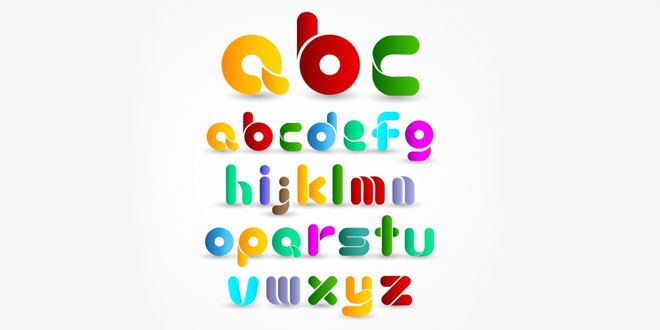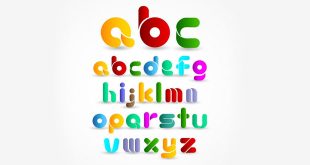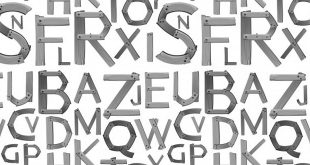Different Types Of Verbs
There are many ways of classifying different types of verbs.
Auxiliary Verbs & Lexical Verbs
Auxiliary verbs: The auxiliary verb, also called a helping verb, determines the mood or tense of another verb in the phrase. The primary auxiliaries are ‘be’, ‘have’ and ‘do’. Modal auxiliary verbs include can, could, may, must, should, will and would. They combine with other verbs to indicate mood or tense. For e.g.,
- A wise man will make more opportunities than he finds.
- I did not invent Irish dancing.
Lexical Verbs: A lexical verb, in English is any verb which is not an auxiliary verb. It conveys a real meaning and doesn’t depend on another verb. For e.g.,
- It rained all night.
- Susan Raymond rested in the shadow of a canyon oak tree
Dynamic Verbs & Stative Types of Verbs
Dynamic Verb: A dynamic verb is a verb used to indicate an action, process or sensation as opposed to state. They have duration and they occur over time. For e.g.,
- We don’t grow older, we grow riper.
- John plays soccer every Saturday.
Stative Verb: In contrast to a dynamic verb which describes action or process, a stative verb describes a state or situation. They can signify cognitive, emotional and physical states. For e.g.,
- I hate quotations. Tell me what you know.
- The future belongs to those who believe in the beauty of their dreams.
Finite Verbs & Non-Finite Verbs
Finite Verb: A finite verb shows agreement with a subject and expresses tense. It can occur on its own in a main clause. It is the main verb in the sentence which can show tense or plurality. For e.g.,
- I drive a car. [1st person, singular, present tense]
- He drives a car. [3rd person, singular. present tense]
- I/he drove a car. [1st and 3rd person, singular, past tense]
Non-Finite Verb: A non-finite verb does not show distinction in tense and it cannot stand alone as the main verb in a sentence. It can occur on its own only in a dependent phrase or clause. It needs to be combined with an auxiliary verb. For e.g.,
- While walking to school, she spotted a blue jay.
- The talking children angered the teacher.
Regular Verbs & Irregular Verbs
Regular verb: A regular verb (also known as a weak verb) forms its past tense and past participle by adding -d or -ed (or in some cases -t) to the base form. For e.g.,
- We finished the project.
- I’ve searched all the parks in all the cities and found no burnt statues.
Irregular verb: An irregular verb (also known as a strong verb) doesn’t form the past tense by adding -d or -ed. They are not that simple. For e.g.,
- I wear a cap. (present)
- I wore a cap. (past)
- I have worn a cap. (past participle)
Transitive Verbs & Intransitive Verbs
Transitive verb: A transitive verb is followed by a direct object. The verb has its action conveyed to the object. For e.g.,
- The teacher answered the question.
- The student ran for life.
Intransitive verb: An intransitive verb doesn’t take a direct object or subject attribute in the sentence. Many verbs have both transitive and intransitive verbs depending on how they are used. For e.g.,
- Do not tremble in fear but become strong and courageous instead.
These were some of the basic classification of verbs. Further than that, verbs can also be deemed as:
Causative Verbs: It is a kind of verb which indicates that a subject causes something to happen and that somebody / something is indirectly responsible for that action. A causative verb uses cause, allow, help, have, enable, keep, hold, let, force, require, and make sometimes in conjunction with another verb. For e.g.,
- Art is the lie that enables us to realize the truth.
Catenative Verbs: Catenative means chaining and such verbs are verbs that can be followed within the same clause by another verb. Verbs such as keep, promise, want, seem, etc and many others, link with other verbs to form a chain or series. For e.g.,
- She seems to want to stop trying to avoid meeting him.
Copular Verbs: A verb that links a subject to the complement that refers to the subject. The most important copula verbs are ‘to be’ and ‘to become’. Other copular verbs which have the sense to be or to become are appear, feel, get, go, keep, grow, lie, look, prove, remain, resemble, run, seem, smell, sound, stay, taste, turn. For e.g.,
- That soup smells delicious.
Performative Verbs: Verbs such as promise, invite, apologize, and forbid, that explicitly convey the kind of speech act being performed is a performative verb. For e.g.,
- As your president, I would demand a science-fiction library.
Aforementioned is a rather broad categorization of verbs. These important parts of speech have been broken down to a lot of sub-categories but their action remain more or less the same – to express action, state or occurrence of an event or subject.
 Class Notes NCERT Solutions for CBSE Students
Class Notes NCERT Solutions for CBSE Students


